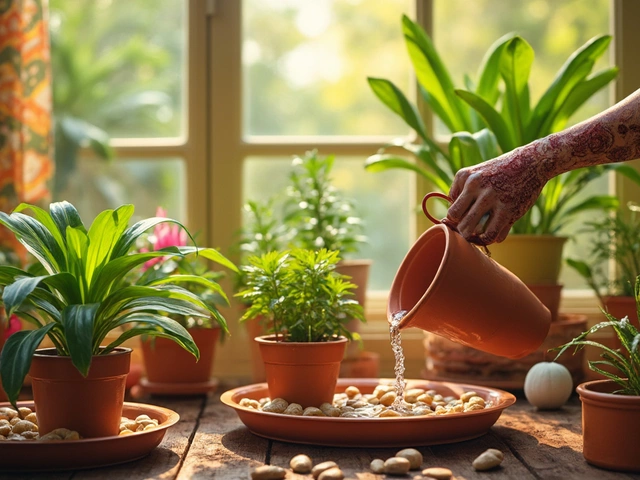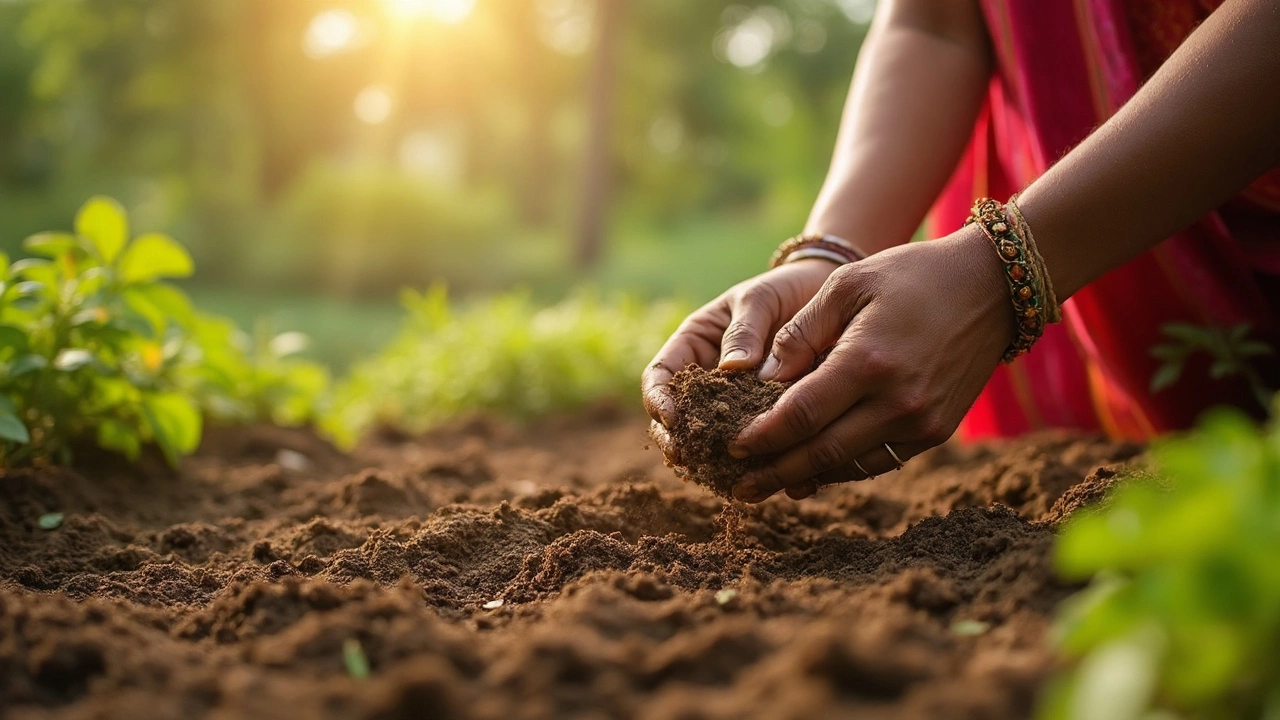Amend Garden Beds: Simple Steps to Boost Soil Health
Ever wondered why some beds produce lush veggies while others stay brown and dull? The secret is often the soil underneath. Fixing the soil – or amending your garden beds – can turn a tired plot into a thriving garden.
Why amend your garden beds?
Most garden soil in India is either too heavy with clay or too sandy, making it hard for roots to get the nutrients they need. Adding organic matter improves texture, water‑holding capacity, and microbial activity. Healthy soil means fewer weeds, less water waste, and bigger harvests. Plus, a well‑amended bed reduces the need for chemical fertilizers, keeping your garden eco‑friendly.
Step‑by‑step guide to amending beds
1. Test the soil. Grab a handful of soil and squeeze it. If it crumbles easily, it’s light; if it sticks together, it’s heavy. You can also buy a simple pH kit from a local nursery. Knowing the base condition helps you pick the right amendments.
2. Choose your amendments. For most Indian gardens, a mix of compost, farmyard manure (FYM), and a little sand works wonders. If the soil is very acidic, add garden gypsum or lime. If it’s overly alkaline, incorporate peat or coconut coir.
3. Gather materials. Use well‑rotted kitchen waste, dried leaves, or commercial compost. Avoid fresh manure – it can burn roots. Sand should be coarse, not fine, to improve drainage.
4. Calculate the ratio. A good rule of thumb is 25% organic matter, 10% sand, and the rest native soil. For a 1 m² bed, spread about 2–3 kg of compost and 1 kg of sand, then dig them in.
5. Loosen the bed. Use a garden fork or spade to turn the soil 20–30 cm deep. Break up clumps and mix the amendments thoroughly. This creates a uniform medium for roots.
6. Mulch the surface. A thin layer of straw, dry leaves, or shredded bark helps retain moisture and suppress weeds while the soil settles.
7. Water well. After amending, give the bed a good soak. This settles the soil and starts the microbial activity that turns compost into usable nutrients.
Repeat the amendment process every 2–3 years for best results. If you’re planting a new crop, add a fresh handful of compost on top before planting.
Want a quick boost before the monsoon? Toss a handful of rock phosphate or bone meal into the bed. It releases nutrients slowly, perfect for long‑duration crops like beans or pumpkins.
Remember, the aim isn’t just to add stuff but to create a balanced environment where roots can breathe, water can move freely, and microbes can thrive. When you get the balance right, plants reward you with bigger leaves, more flowers, and richer fruit.
So next time you walk through your garden, take a moment to feel the soil. If it feels hard or water puddles on the surface, it’s time to amend. A few simple steps now will save you time, water, and money later.
Revitalize Your Garden: Proven Ways to Refresh Tired Soil Fast
Stop struggling with poor plant growth! Learn how to refresh old garden soil with step-by-step tips, simple science, and easy fixes for long-lasting results.
About
Gardening
Latest Posts


Pebble Tray Care: How Often Do You Need to Fill It?
By Alden Thorne May 20, 2025
Lotus Flower: Why It's the Most Iconic Flower of India
By Alden Thorne Jul 10, 2025

Unlocking the Secrets of Regenerative Gardening for a Greener Planet
By Alden Thorne Nov 24, 2024

